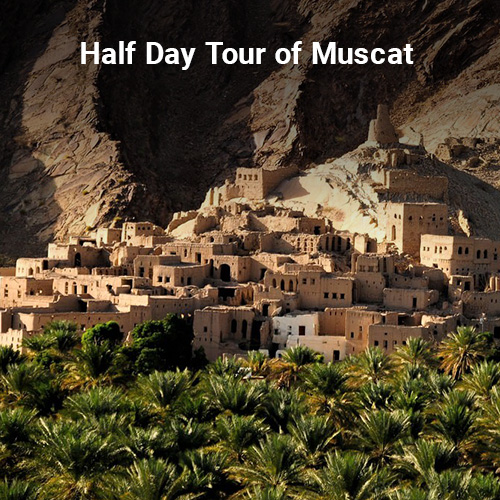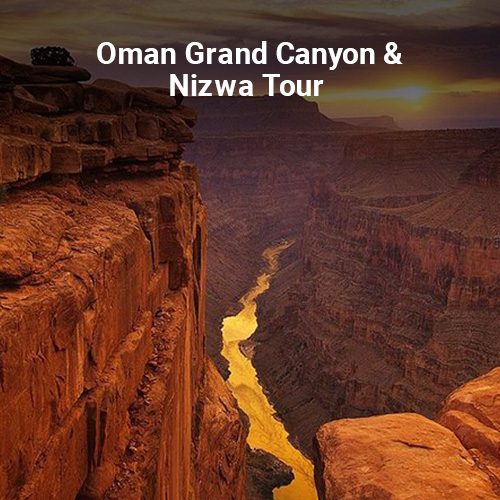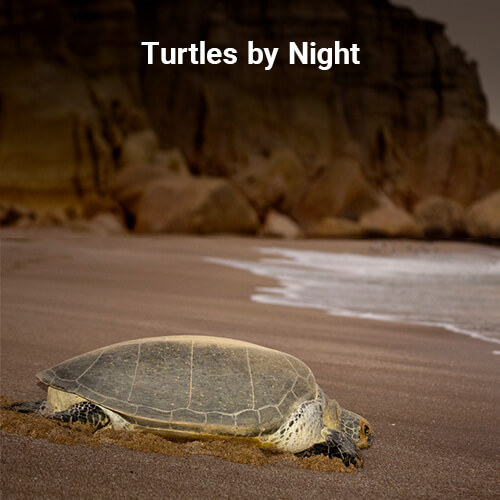



Oman is one of the safest and peaceful countries in the world that offers beautiful destinations, eco-tourism and a plethora of adventure activities for travelers. Oman has culturally rich heritage with amazing forts, palaces, souks and cuisine. The population of Oman is over 4 million, out of which 1.76 million are expatriates. Majorly the Omani society is tribal that comprises various tribes of Baloch, Al Lawatis and people from Zanzibar region. Arabic is the official language of Oman. As per travel guide Lonely Planet in 2012, Muscat- the capital city has been highly praised as the second best city to visit in the world. This is beautifully surrounded by mountains and desert, the city seamlessly blends culture with modernity. It’s the Middle East as you would have never imagined. For many this is a perfect stop over destination.






Government Offices: Sunday – Thursday, 07:00 hrs to 14.30 hrs.
Private Offices: Sunday – Thursday, 08;00 hrs -13:00 hrs, 14:00 hrs – 18:00 hrs
Banks: Sunday – Thursday, 8:00 hrs – 14;00 hrs.(Friday & Saturday weekend)
In the month of Ramadan, the working day is sometimes reduced to six hours.
June is the hottest month in Muscat with an average temperature of 95°F (35°C) and the coldest is January at 70°F (21°C) with the most daily sunshine hours at 13 in June. The wettest month is February with an average of 30mm of rain.
Best time to travel: The weather is at its best from October through to April. Try to avoid scorching summer months between June and August.
Clothing: All tourists are generally made to feel very welcome in Oman, although in return tourist are expected to abide scrupulously by Omani cultural norms. Dressing appropriately is perhaps the single most important thing to remember. Women should prefer wearing loose clothing, with arms and shoulders covered. Skirts should reach at least beneath the knee. It’s also useful to carry a shawl to cover your head in more conservative areas. For men dress codes are less crucial. It is fine to wear below-the-knee shorts, although it’s best to err on the side of caution and wear trousers. For both men and women, it helps to dress conservatively, especially visiting the rural areas.
Omani Rial is the official currency of Oman. The Omani rial is subdivided into smaller units (1000) known as baisa. The Omani currency is found both in coins and banknotes form and is managed by the Central Bank of Oman. The rial was adopted in the early 1970s in place of the Indian rupee and as part of the modernization effort. The Omani rial is pegged to the United States dollar with the rate adjusted in 1986. The rial is the only legal tender unit in Oman with foreigners and visitors expected to convert their currencies to rial before they can make any purchase in the country.
The power plugs and sockets in Oman are of type G and the standard voltage is 240 V and the standard frequency is 50 Hz.
The most widely spoken and official language in Oman is Arabic. However, the Baluchi language is also widely spoken in Oman. English is adopted as the second language as the city of Muscat is home of various expats also. Tourists have definitely no difficulty in communicating with the Omani people in English.